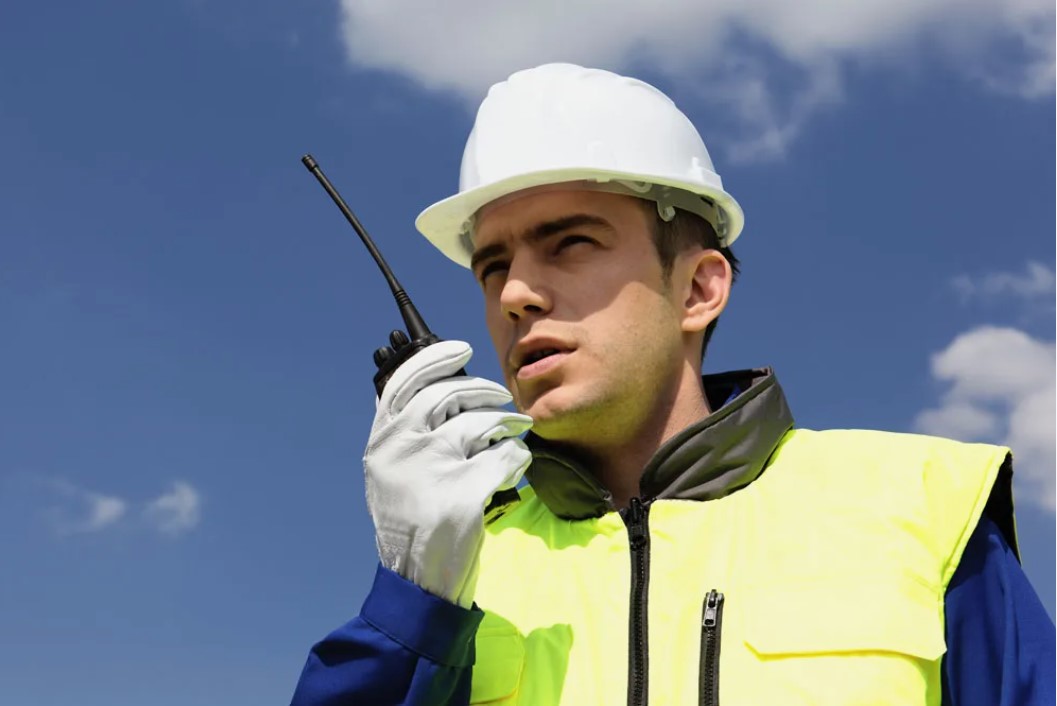
We always need clear communication in various challenging environments. However, traditional walkie-talkies and mobile phones do not always deliver good results in areas with low network connectivity, such as remote areas. Therefore, satellite walkie-talkies have evolved to become very reliable means of communication over long distances and rough terrain.
Such devices help connect with people in places where standard communication networks cannot be established.
This article gives an insight into satellite walkie talkies, how they work, their benefits, and factors to consider when selecting a satellite walkie talkie.
The Need for Reliable Communication
While exploring, hiking, or just going on an adventure, you require communication devices to ensure safety and coordination. Satellite walkie-talkies use satellite networks, which is a reliable way of communication regardless of the location.
Therefore, rescue teams operating in hard-to-reach areas use satellite walkie-talkies to ensure proper communication. These devices enable first responders to communicate without much interference despite the damage of conventional communication systems.
Additionally, this ability to communicate in different environments and situations is essential for military personnel and security forces. The satellite Walkie-talkies provide reliable and secure communication lines, which may be critical in tactical operations or monitoring a hostile or remote area.
How Satellite Walkie-Talkies Work
Satellite walkie-talkies operate via satellites in space instead of ground-based transmission towers. This enables them to offer services in places the standard mobile networks cannot penetrate. They link to satellite constellations; some geostationary satellites are fixed on the earth’s surface, while others are low-earth orbit (LEO) satellites moving along the earth’s orbit.
The coverage, latency, and device size depend on the choice of the satellite network. When a user talks through a satellite walkie-talkie, the signal is sent into the satellite and then back to a down-ground station.
From the ground station, the signal is transmitted to the intended recipient’s device through another satellite or the Internet. Due to vast coverage, satellite walkie-talkies can cover almost every place in the world regardless of terrain.
Considerations for Choosing One
While choosing a satellite walkie talkie, the following factors should be considered to get the right one. Ensure the device provides coverage in the regions where you intend to conduct your operation. Various satellite networks offer different levels of geographical reach. Also, choose a device with a long battery charge duration.
Additionally, the device should be lightweight and easy to carry around in a small space for outdoor activities. Think about how easy it is to carry the device and other gear. Other factors to consider are the GPS, waterproofing, and user-friendly options. Such features improve the functionality and performance of the device in adverse conditions.
Summary
Satellite walkie-talkies have redefined voice communication under challenging terrains and conditions by providing unmatched connectivity and coverage. Whether engaging in a rescue operation or being deployed in the military, these gadgets offer a vital means of communication where other methods cannot work. By considering the factors outlined in this article and their benefits, you can select the right satellite walkie-talkie for communication regardless of the route.






